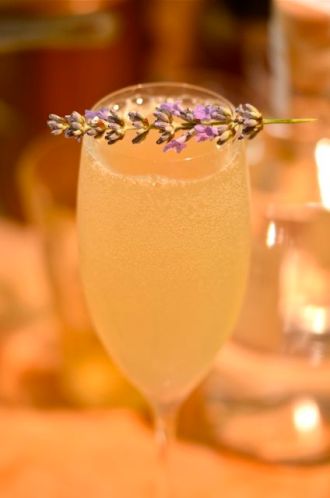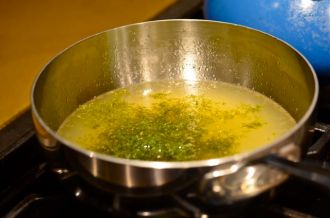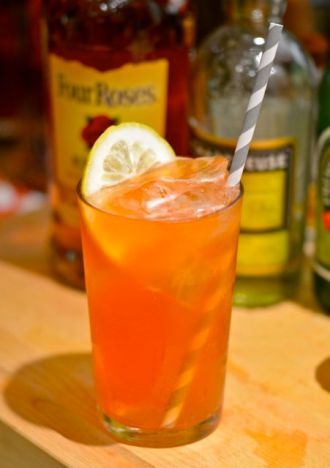 This is blog #1 of what we hope will be a regular feature, sharing some of our most popular cocktail and food recipes from our restaurant, Timber & Salt in Redwood City California.
This is blog #1 of what we hope will be a regular feature, sharing some of our most popular cocktail and food recipes from our restaurant, Timber & Salt in Redwood City California.
And, of course, we have to start with our most popular seasonal cocktail recipe, the Flora. How do we know it is the most popular? Well, we have POS data that tells us everything we sell and the Flora is our all-time top-selling seasonal cocktail (Brian Matulis, our bar manager and partner, changes the cocktail list every season). Our Aged Rum Old Fashioned is the overall top-seller, but it never leaves the list. Meanwhile, the Flora was only on the menu for about three months when we opened, but has devoted fans and is ordered regularly.
It may surprise you, but the Flora is a Gin-based cocktail. Most people would expect a Vodka-based cocktail to be the most popular (and they are popular), but it just goes to show that a unique, flavorful and attractive cocktail will sell regardless the base spirit…umm ok, Mezcal is still tough- but we are working on it.
So what’s in the Flora? The Flora features London Dry Gin, Kina L’aero D’or (a “kina” or quinquina- see below), grapefruit, lemon and honey syrup. It is served up in a coupe and garnished with an edible flower. And it does look good. It also tastes very good. The Flora is a type of gin “sour”, and you do get the lemon and gin up front (nothing wrong with that). But the use of grapefruit and honey along with the Kina add herbal and floral dimensions along with a slightly bitter finish that pleasantly cleanses the palate (the Flora excels when served with food). The extra complexity also makes for a cocktail that tastes just as good on the first sip as the last.
 So what is a “kina” or “quinquina”? Kinas are basically a type of aperitif or aromatized wine that features Chinchona bark, the basis of quinine. So if you imagine a vermouth or aperitif with bittersweet, fruity and herbal notes and finishing with a slightly medicinal or tonic-like taste, you would be close to a kina. We are fans of Tempus Fugit’s Kina L’aero D’or, but other kinas include Lillet Blanc and Cocchi Americano (both good and widely available).
So what is a “kina” or “quinquina”? Kinas are basically a type of aperitif or aromatized wine that features Chinchona bark, the basis of quinine. So if you imagine a vermouth or aperitif with bittersweet, fruity and herbal notes and finishing with a slightly medicinal or tonic-like taste, you would be close to a kina. We are fans of Tempus Fugit’s Kina L’aero D’or, but other kinas include Lillet Blanc and Cocchi Americano (both good and widely available).
Unsurprisingly, kinas feature in a few classic gin cocktails like the Corpse Reviver #2 and the 20th Century. Lillet is also an ingredient in the (loved/hated) James Bond cocktail, the Vesper. So if you are waffling on buying a kina to make drinks, you now have at least three good recipes to try out. Not to mention, good kinas are lovely aperitifs on their own, just serve them chilled or on the rocks, perhaps with a lemon or orange twist, maybe sit in the sun and read the paper…
We hope you enjoy the Flora Cocktail and we will be back soon with another of our “Greatest Hits”.
The Flora Cocktail
- 1.5 oz. London Dry Gin (Tanqueray)
- .75 oz. quinquina (Kina L’aero D’or)
- .75 oz. grapefruit juice
- .5 oz. lemon juice
- .5 oz. honey syrup (1:1 hot water to honey)
Combine all ingredients in a cocktail shaker, shake until very cold and then double-strain into a chilled coupe. Garnish with an edible flower.
































